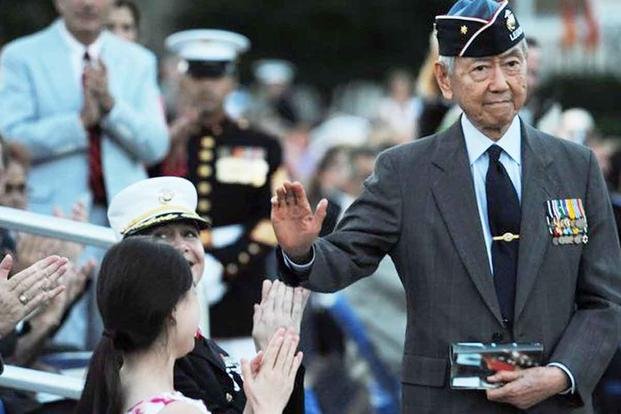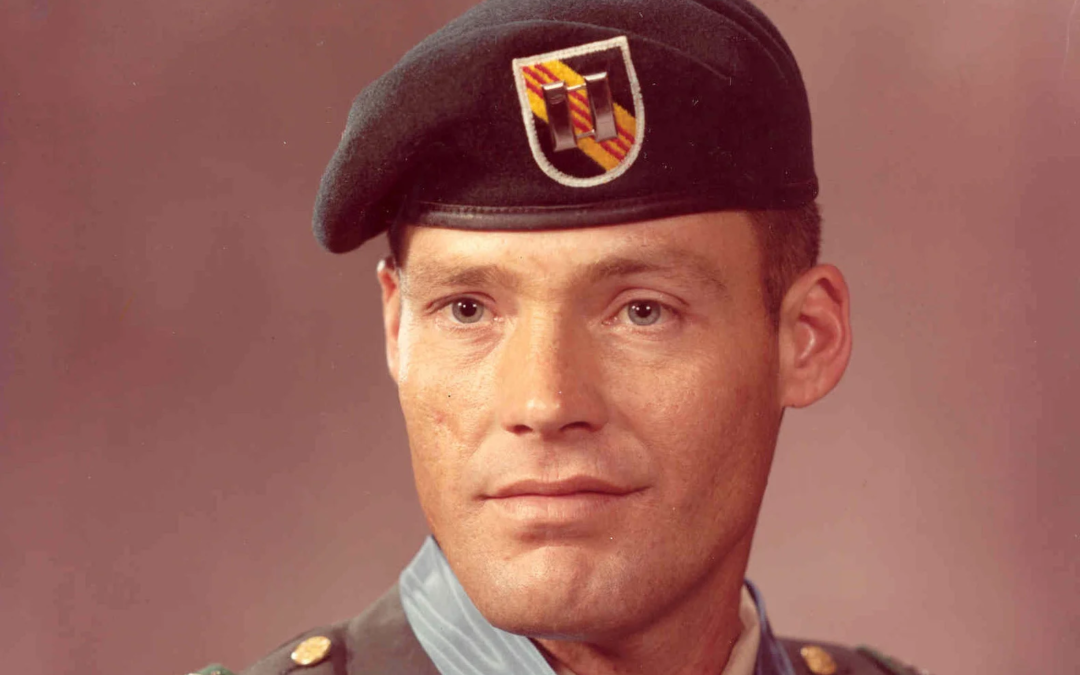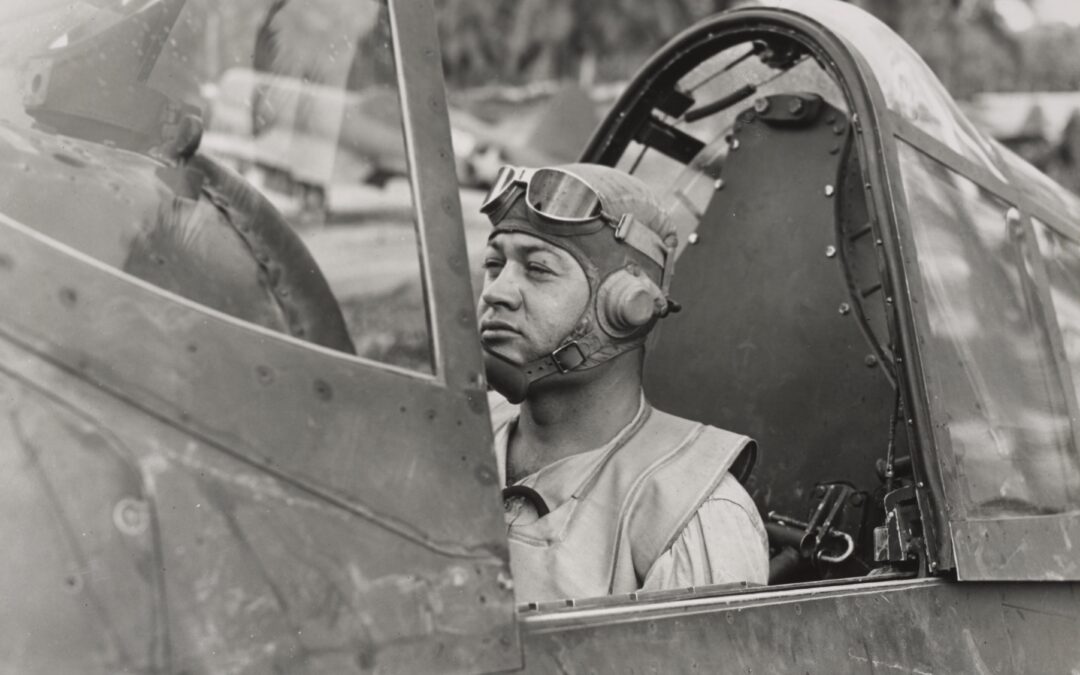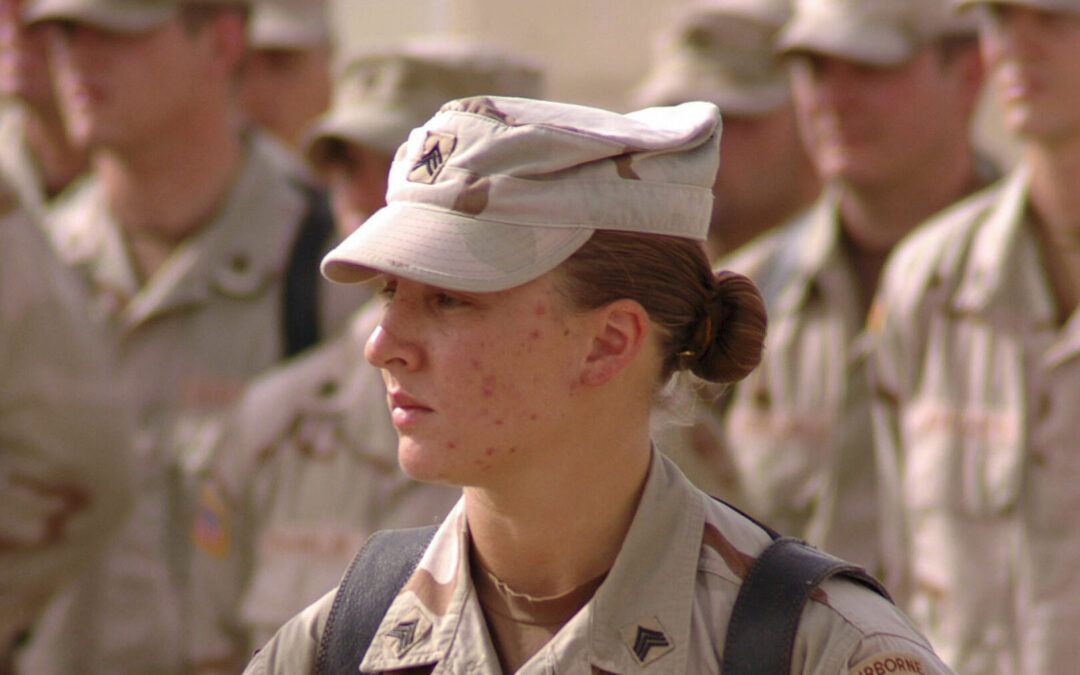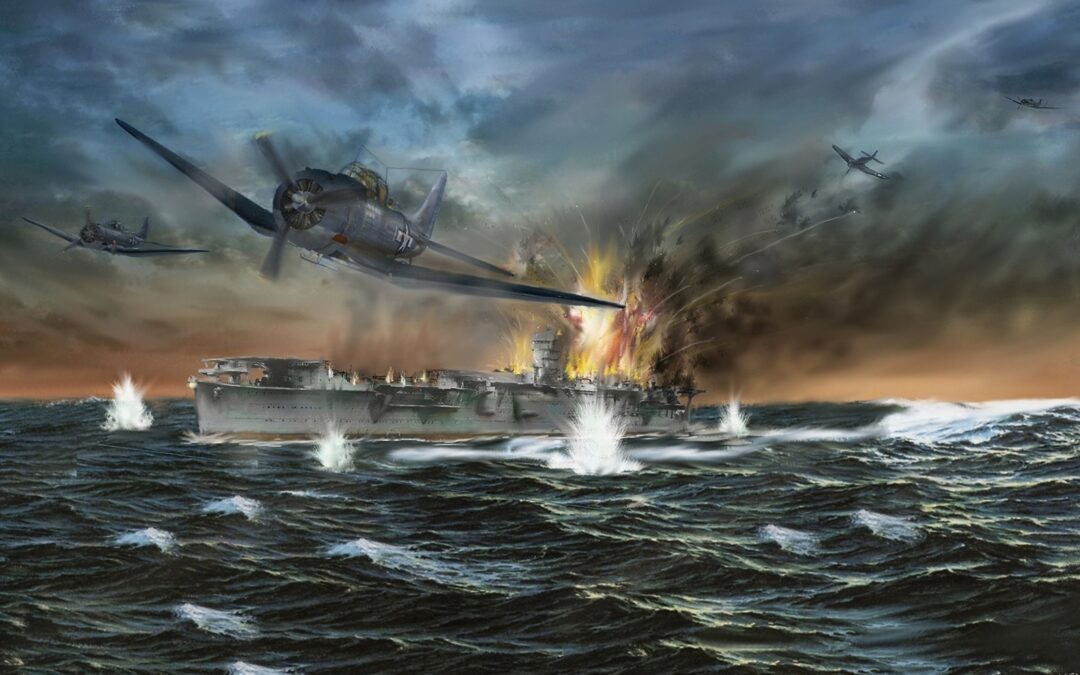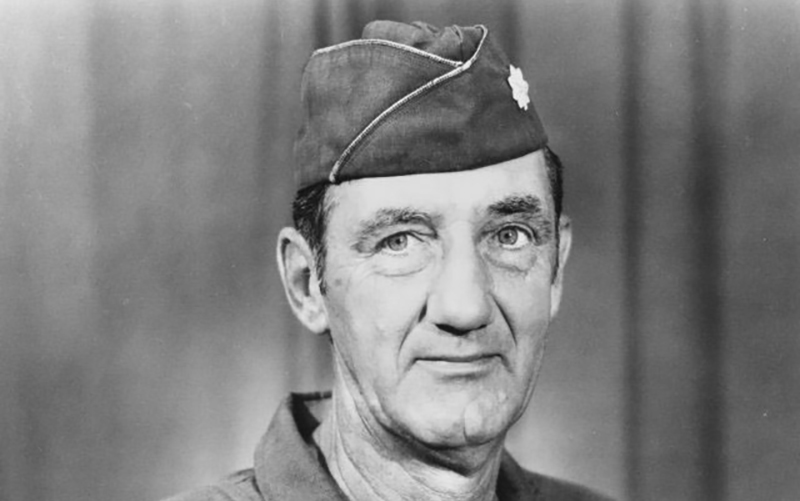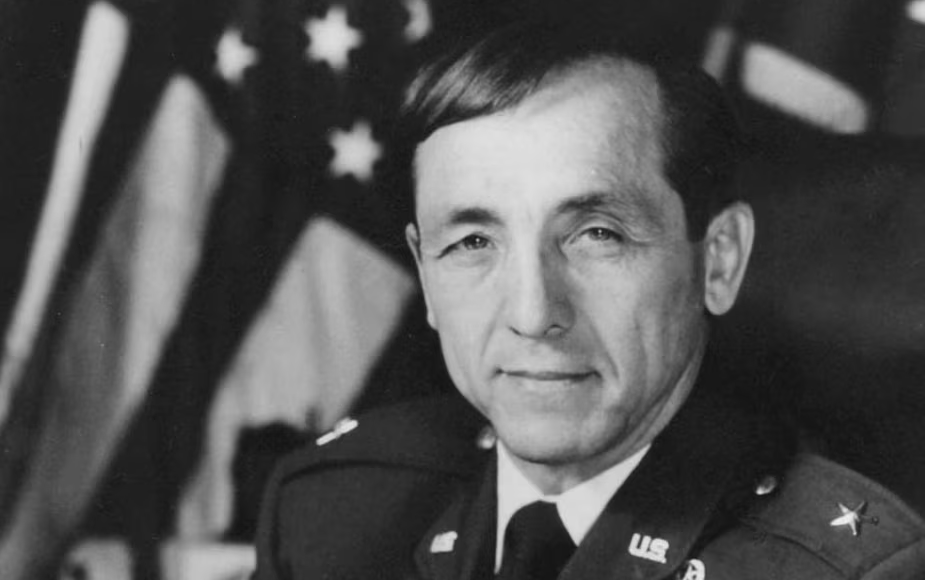For conspicuous gallantry and intrepidity in action at the risk of his life above and beyond the call of duty. SFC Fred Zabitosky, US Army, distinguished himself while serving as an assistant team leader of a nine-man Special Forces long-range reconnaissance patrol. SFC Zabitosky's patrol was operating deep within the enemy-controlled territory in Laos when they were attacked by a numerically superior North Vietnamese Army unit. SFC Fred Zabitosky Repeatedly Exposed Himself to North Vietnamese Attackts SFC Fred Zabitosky rallied his team members, deployed them into defensive positions, and, exposing himself to concentrated enemy automatic weapons fire, directed their return fire. Realizing the gravity of the situation, SFC Zabitosky ordered his patrol to move to a landing zone for helicopter extraction while he covered their withdrawal with rifle fire and grenades. Rejoining the patrol under increasing enemy pressure, he positioned each man in tight perimeter defense and...

